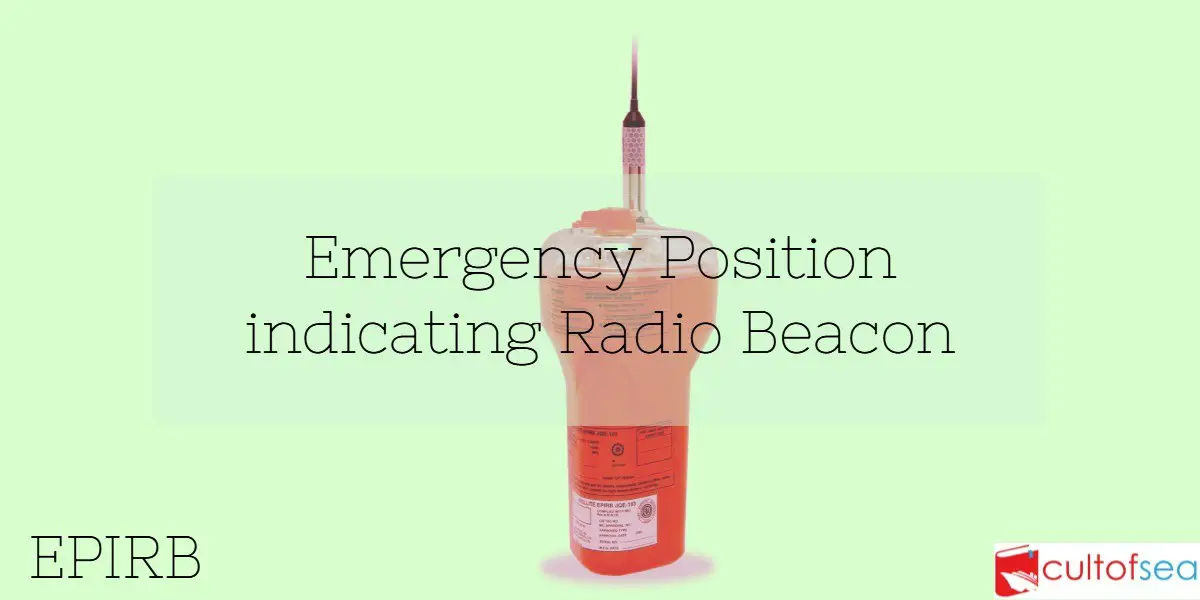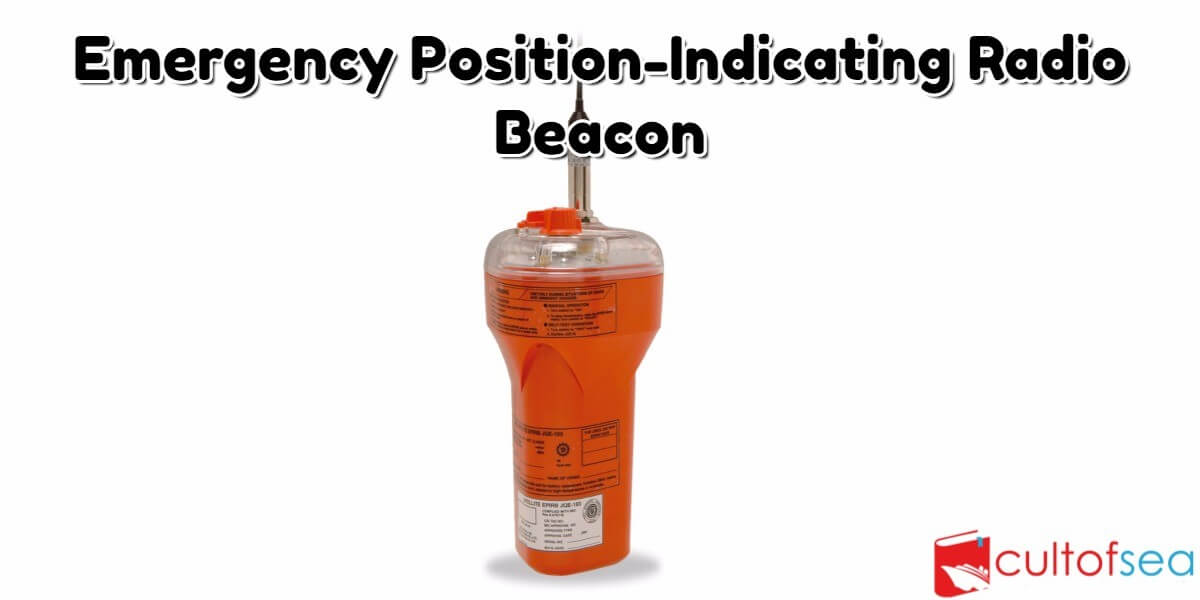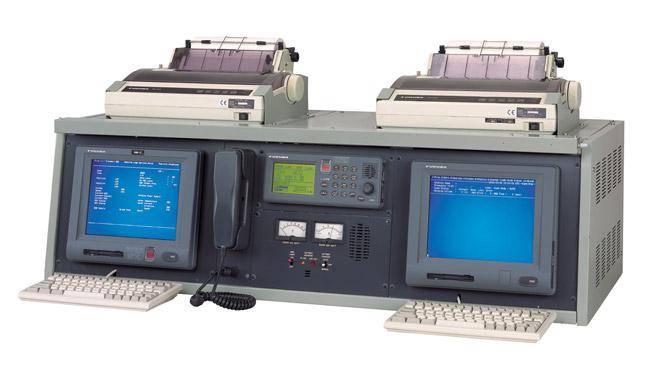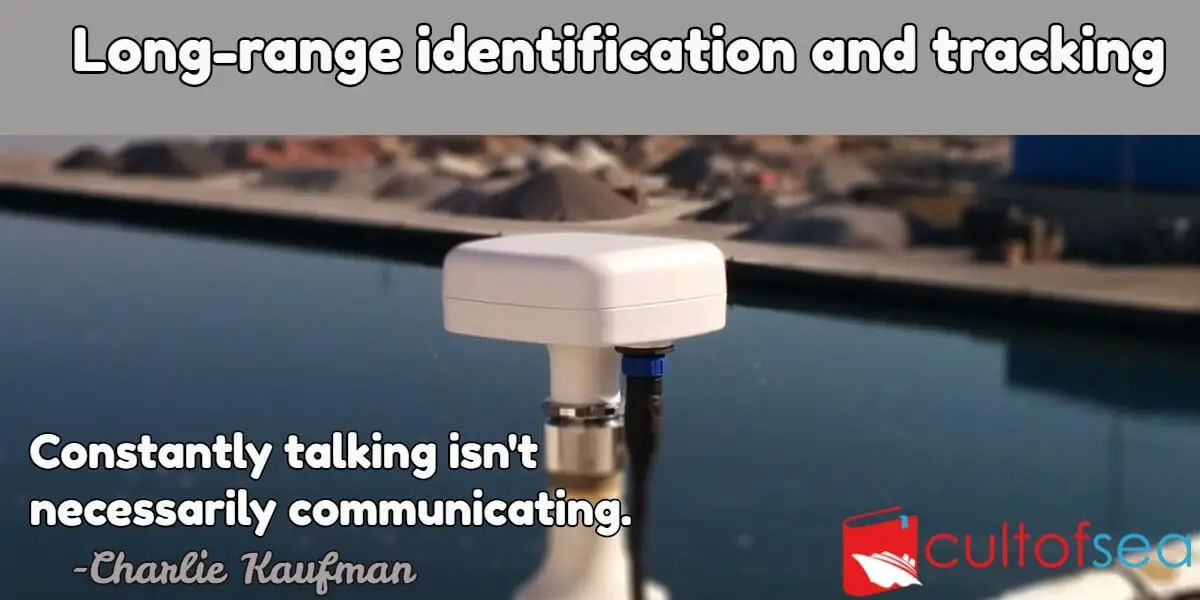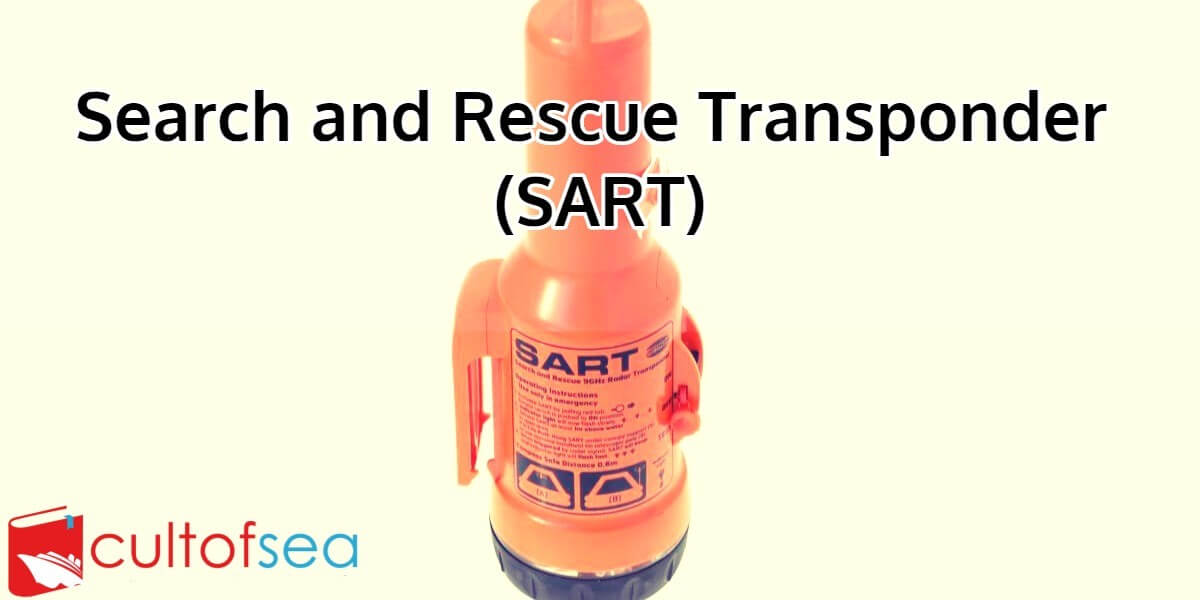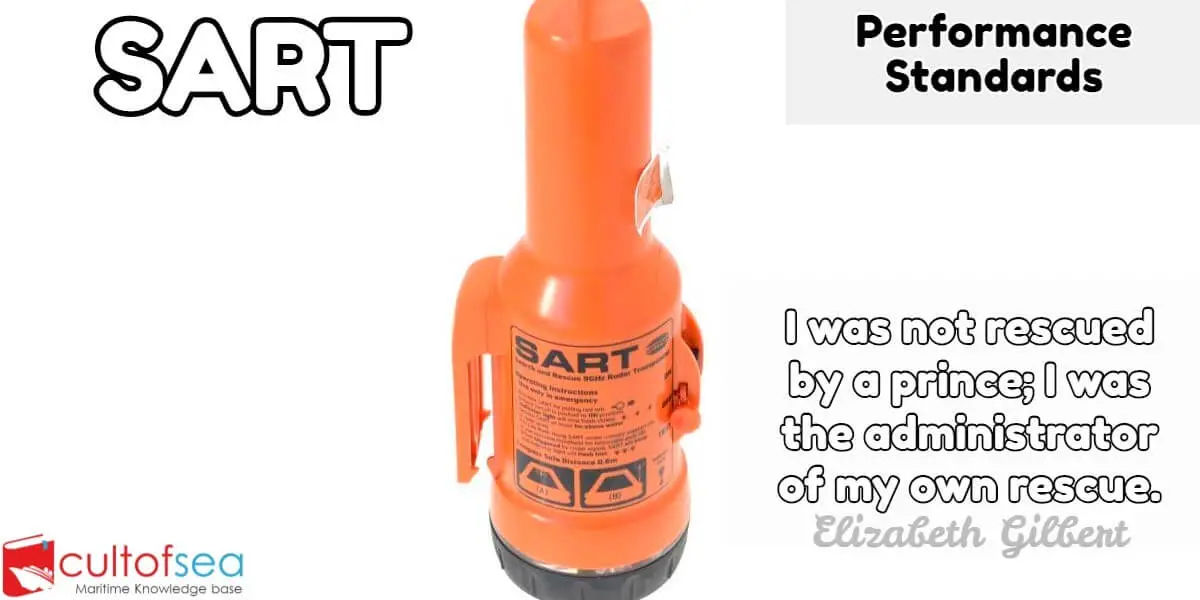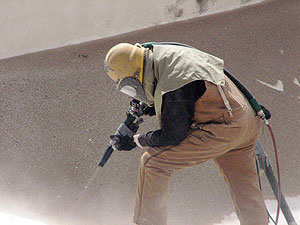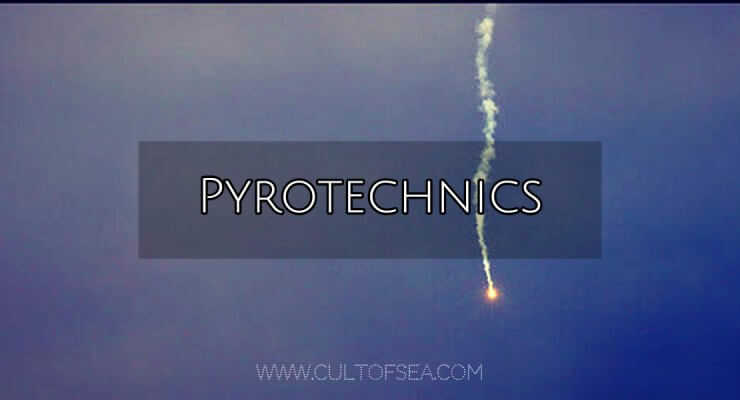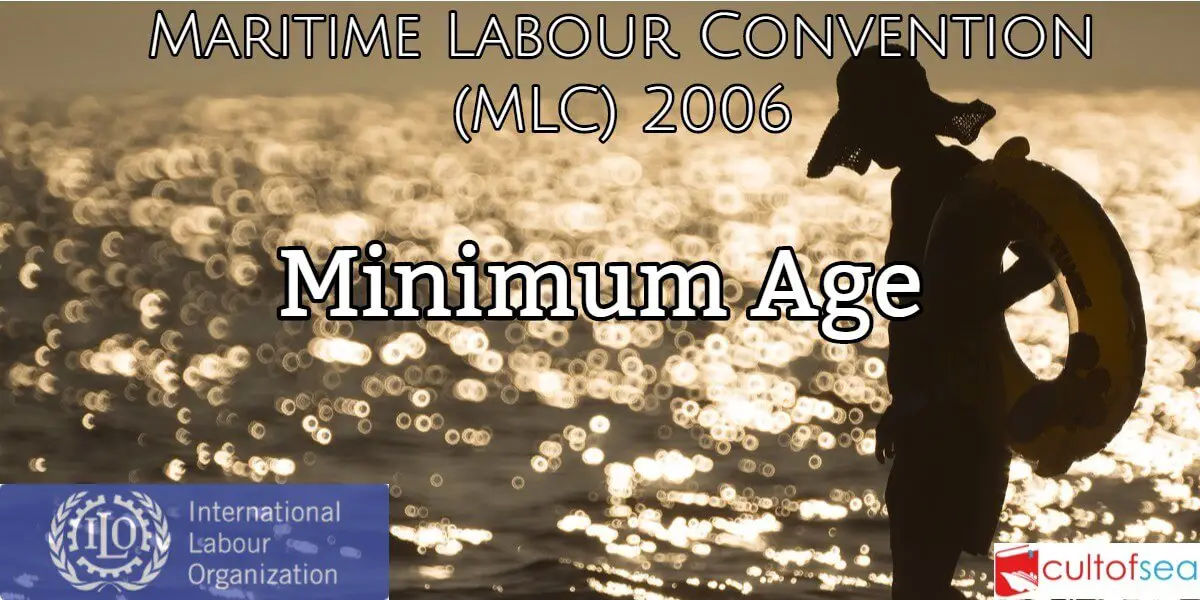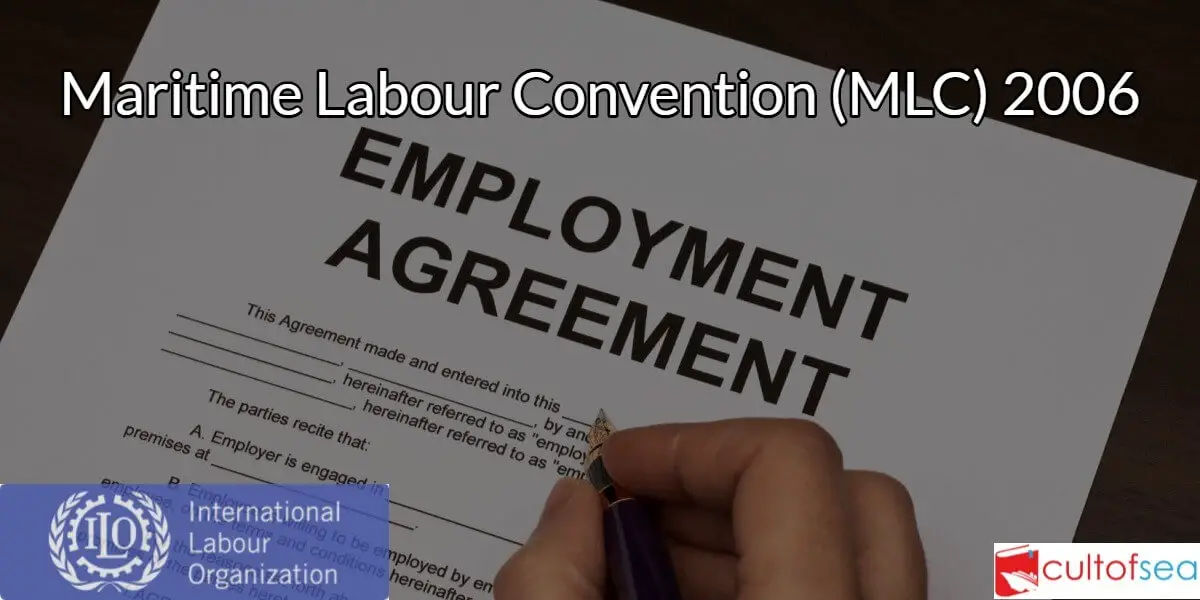An Emergency Position Indicating Radio Beacon or EPIRB is a safety device carried by a vessel to alert search and rescue services and allow them to quickly locate you in the event of an emergency. It does this by transmitting a coded message on the 406 MHz distress frequency via satellite and earth stations to the nearest rescue coordination centre.An EPIRB usually works on 406/121.5 MHZ and can be manually or automatically activated and some models are also water activated. 121.5/243 MHz EPIRBs The International Cospas-Sarsat System ceased satellite processing of 121.5/243 MHz beacons … [Read more...]
Archives for November 2015
EPIRB – Performance Standards (406Mhz)
Recommendation On Performance Standards For Float-Free Satellite Emergency Position-Indicating Radio Beacons (EPIRBs) Operating On 406mhz General 1. The satellite EPIRB should be capable of transmitting a distress alert to a polar-orbiting satellite.2. The EPIRB should be of an automatic float-free type. The equipment, mounting and releasing arrangements should be reliable, and should operate satisfactorily under the most extreme conditions likely to be met with at sea.3. The satellite EPIRB should: .1 be fitted with adequate means to prevent inadvertent activation; .2 be so … [Read more...]
GMDSS Radio Equipment Requirements on Ship as per SOLAS
The GMDSS radio equipment requirements are categorized as following:General Sea area A1 Sea areas A1 and A2 Sea areas A1, A2 and A3 Sea areas A1, A2, A3 and A4 Radio equipment: GeneralEvery ship shall be provided with:VHF radio capable of transmitting and receiving:-DSC on the frequency 156.525 MHz (channel 70) and maintain a continuous watch on the same -Radiotelephony on the frequencies 156.300 MHz (channel 6), 156.650 MHz (channel 13) and 156.800 MHz (channel 16);A search and rescue locating device (SART) capable of operating either … [Read more...]
Long Range Identification and Tracking ( LRIT )
Purpose Long Range Identification and Tracking or LRIT enables a Contracting Government to obtain ship identity and location information insufficient time to evaluate the security risk posed by a ship off its coast and to respond, if necessary, to reduce any risks.Long-range identification and tracking is also not a GMDSS communications system but it may use GMDSS equipment, particularly Inmarsat C terminals. LRIT is the subject of a new regulation included in chapter V of SOLAS which applies to ships constructed after 31 December 2008 with a phased-in implementation schedule for existing … [Read more...]
What is SART – Search and Rescue Radar Transponder?
A Search and Rescue Transponder (SART) is a self-contained, waterproof transponder intended for emergency use at sea. These devices may be either a radar-SART or a GPS-based AIS-SART (automatic identification system SART).The radar-SART is used to locate a survival craft or distressed vessel by creating a series of dots on a rescuing ship's radar display. A SART will only respond to a 9 GHz X-band (3 cm wavelength) radar. It will not be seen on S-band (10 cm) or other radar. Shipboard Global Maritime Distress Safety System (GMDSS) include one or more search and rescue locating … [Read more...]
SART – Performance Standards
Recommendation On Performance Standards For Survival Craft Radar Transponders For Use In Search And Rescue Operations The SART should be capable of indicating the location of a unit in distress on the assisting unit's radars by means of a series of equally spaced dots (resolution A.530(13)). 1. The SART should: .1 be capable of being easily activated by unskilled personnel; .2 be fitted with means to prevent inadvertent activation; .3be equipped with a means which is either visual or audible or both visual and audible, to indicate correct operation and to alert survivors to the fact that … [Read more...]
Surface Preparation Standards
The most widely-used surface preparation standards in use are the following:Swedish Standards (Sa, St), Steel Structures Painting Council (SSPC) standards and National Association of Corrosion Engineers (NACE) standards.Definitions for surface preparation Near-White Blast Cleaned Surface:A Near-White Blast Cleaned Surface finish is defined as a surface finish from which all oil, grease, dirt, mill scale, rust, corrosion products, oxides, paint or other foreign matter have been completely removed from the surface except for very light shadows, very slight streaks or slight … [Read more...]
Pyrotechnics
AS PER SOLAS CH 3 REG 6.3 Distress flares Not less than 12 rocket parachute flares, complying with the requirements of section 3.1 of the Code, shall be carried and be stowed on or near the navigation bridge.Additional to mentioned above 2 Buoyant smoke signals, 4 Rocket parachute & 6 Hand flares are to be present in each of the survival craft. FURTHER DETAILS ON PYROTECHNICS AS PER LSA CODE ROCKET PARACHUTE FLARES (Section 3.1 of the IMO LSA Code) The rocket parachute flare shall:Be contained in a water-resistant casing; Have brief instructions or … [Read more...]
Minimum age – MLC 2006
Regulation 1.1 – Minimum age (Minimum requirements for seafarers to work on a ship) Purpose: To ensure that no under-age persons work on a shipNo person below the minimum age shall be employed or engaged or work on a ship. The minimum age at the time of the initial entry into force of this Convention is 16 years. A higher minimum age shall be required in the circumstances set out in the Code.Standard – Minimum ageThe employment, engagement or work on board a ship of any person under the age of 16 shall be prohibited. Night work of seafarers under the age of 18 shall … [Read more...]
Seafarers employment agreements – MLC 2006
Regulation 2.1 – CONDITIONS OF EMPLOYMENT Purpose: To ensure that seafarers have a fair employment agreementThe terms and conditions of employment of a seafarer shall be set out or referred to in a clear written legally enforceable agreement and shall be consistent with the standards set out in the Code. Seafarers’ employment agreements shall be agreed to by the seafarer under conditions which ensure that the seafarer has an opportunity to review and seek advice on the terms and conditions in the agreement and freely accepts them before signing. To the extent compatible with the … [Read more...]
